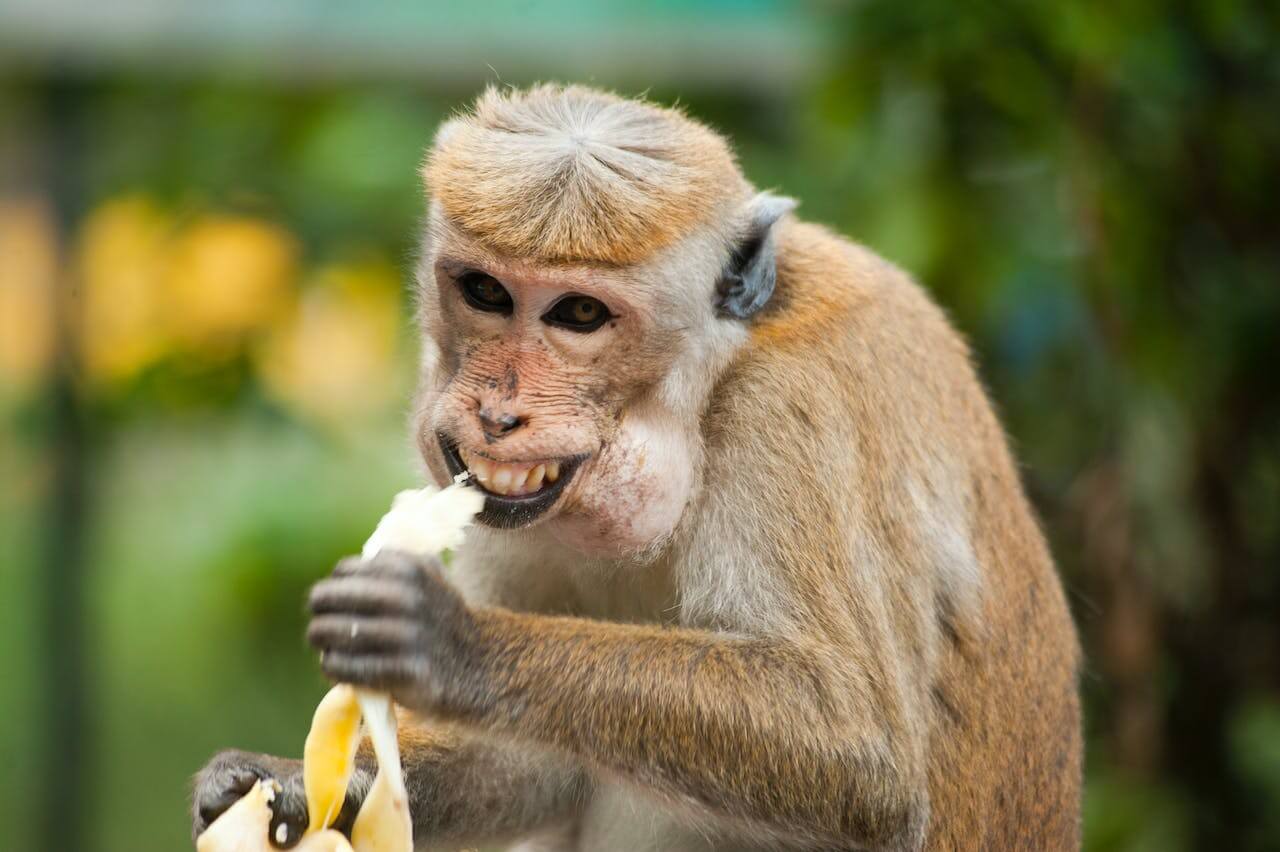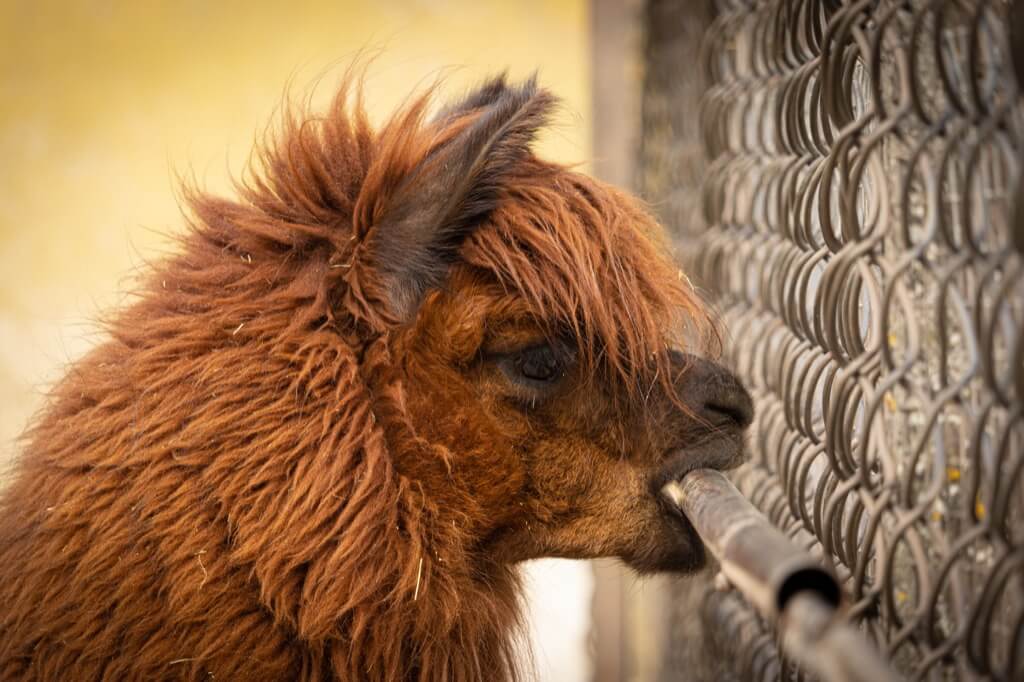Cancer, as defined by Cancer.gov, is the rapid and uncontrollable division of abnormal cells that can invade neighboring tissues. The ability of these rogue cells to travel and conquer other parts of a body raises a curious question: Can they leap from one living being to another?
The story starts with our marsupial friend from down under, the Tasmanian Devil. In the 1990s, this creature fell prey to facial and mouth tumors, an ailment coined the Tasmanian Devil Facial Tumor Disease. Shockingly, nearly 95% of the species suffered. But this wasn’t your usual suspect of virus or germ-induced cancer. No, these malignant cells literally jumped from one devil to another, usually through bites during their fights or mating rituals. And as fate would have it, in 2014, another strain appeared, spelling double trouble for these devils.
When Tasmanian Devils transmit these cancer cells, the recipient usually succumbs within half a year, either from the cancer overtaking their body or because the tumors become so large they can’t eat. But nature finds a way. Some devils proved more resistant, reproducing and giving birth to a more resilient generation. The declining population has even seen a stabilization recently, with some devils making a recovery.
Dogs Have Their Own Tale in This Story
Canine transmissible venereal tumors, a lineage dating back 11,000 years, is the oldest known replicating single-cell lineage. Spread mostly through intimate contact, these cells have transformed over millennia, now boasting a different chromosomal count than regular canine cells.
Now, before panic ensues, let’s address the human concern. Has human cancer ever “jumped” to another human? Surprisingly, there are rare instances. Take, for example, a surgeon in the 1990s who accidentally injured himself during a procedure. Later, a tumor grew at the site of the injury, revealing cells not of his own, but of the patient’s. A similar case befell a lab assistant in 1986 and even organ recipients in 2007. And then there was the startling discovery in 2014 of a Colombian man whose tumors bore cells from a tapeworm.
But Why Isn’t This a Daily Headline?
For one, the odds are against it. Even if a rogue cell manages to enter another’s body, our immune system acts as the first line of defense, decimating these foreign invaders. Exceptions exist, especially when the immune system is compromised, as seen in the organ recipients’ case. Furthermore, certain malignant cells have evolved ways to elude the immune system’s radar, as seen with our Tasmanian and canine friends.
Yet, for us humans, our behaviors safeguard us. Unlike Tasmanian devils, we aren’t in the habit of biting each other. And while the idea of a sexually transmitted cancer similar to the canine variant is unsettling, modern practices like the use of condoms and stable monogamous relationships could serve as barriers.
The real alarm bell, though, rings with the Syrian hamsters. These creatures face a strain of cancer cells spread by none other than our ancient enemy, the mosquito. Imagine if such a scenario played out in the human world. A chilling thought.
Here Are Five Key Statistics and Facts:
- Tasmanian Devil’s Decline: Nearly 95% of the Tasmanian Devil population suffered due to the Facial Tumor Disease. This alarming number showcases the devastating impact transmissible cancers can have on an entire species.
- Canine Transmissible Venereal Tumors: The lineage of this cancer in dogs goes back 11,000 years, making it one of the oldest known continuously replicating cell lineages. This fact underscores the durability and adaptability of certain transmissible cancers.
- Human Papillomavirus (HPV) in South Africa: While not a directly transmissible cancer, HPV is a virus that can lead to cancer. According to the World Health Organization, in 2018, South Africa had an estimated 7,735 new cases of cervical cancer, largely due to HPV, resulting in 4,261 deaths. It’s vital to note this because it emphasizes the importance of understanding transmittable diseases that can lead to cancer.
- South African Wildlife and Disease: South Africa boasts rich biodiversity, with many species susceptible to various diseases. For instance, bovine tuberculosis, a disease that can have implications similar to transmissible cancers, affects several species in the Kruger National Park, including lions. While not a direct instance of transmissible cancer, it highlights the broader implications of diseases that can cross species barriers.
- Human Organ Transplants and Cancer Risk: While the example provided in the article is not specific to South Africa, it’s worth noting the global statistic. According to a study in the American Journal of Transplantation, cancer transmission from organ donors occurs in less than 0.01% of transplant recipients. This statistic, although low, underscores the need for rigorous screening and post-transplant monitoring.
Implications of Cloning on Transmissible Cancers
Cloning, the process of creating genetically identical organisms, raises a plethora of bioethical and scientific concerns. If a cloned organism possesses a predisposition to a particular transmissible cancer, does that mean all its clones are equally susceptible? It could have alarming implications for biodiversity, especially if a significant portion of a species in a habitat consists of clones.
If one individual falls prey to a transmissible cancer, it may decimate an entire cloned population due to identical genetic vulnerabilities. This potential hazard underscores the importance of genetic diversity in ensuring resilience against diseases.
Genetic Engineering and Its Role in Combatting Transmissible Cancers
The rapid advancement of genetic engineering tools, especially CRISPR-Cas9, offers new avenues for tackling diseases at the genetic level. Could we potentially alter the genomes of vulnerable species to make them resistant to transmissible cancers? While the potential is exciting, it also carries ethical dilemmas. Manipulating the genetic code of a species might inadvertently introduce new vulnerabilities or disrupt ecological balances, raising the question of whether the potential benefits outweigh the risks.
Transmissible Cancers in Aquatic Species
While the focus often lies on terrestrial species like Tasmanian devils and dogs, what about aquatic species? There’s a gap in popular understanding about the prevalence and impact of transmissible cancers in marine ecosystems. For instance, transmissible cancers have been found in soft-shell clams, where malignant cells spread through the water. The implications for marine biodiversity could be profound, especially considering the pivotal role of these ecosystems in global climate regulation and food chains.
The Role of Zoonotic Diseases in Human Cancers
Zoonotic diseases, those transferred from animals to humans, have been responsible for major pandemics, like COVID-19. But what’s less discussed is their potential role in human cancers. While direct cancer transmission from animals to humans is rare, viruses that cause cancer, like HPV, can be seen as a form of zoonotic disease. Delving into the relationship between zoonotic diseases and human cancers might offer new insights into cancer prevention and control.
Cultural Practices and the Risk of Transmissible Cancers
In some cultures, the consumption of raw or undercooked animal products is a delicacy or tradition. However, this raises questions about the potential transmission of diseases, including those that might lead to cancer. While cooking usually kills most pathogens, the consumption of raw meat or seafood might introduce foreign agents into the human body, leading to potential health risks. Investigating the relationship between cultural dietary practices and the spread of diseases could offer important public health insights.




